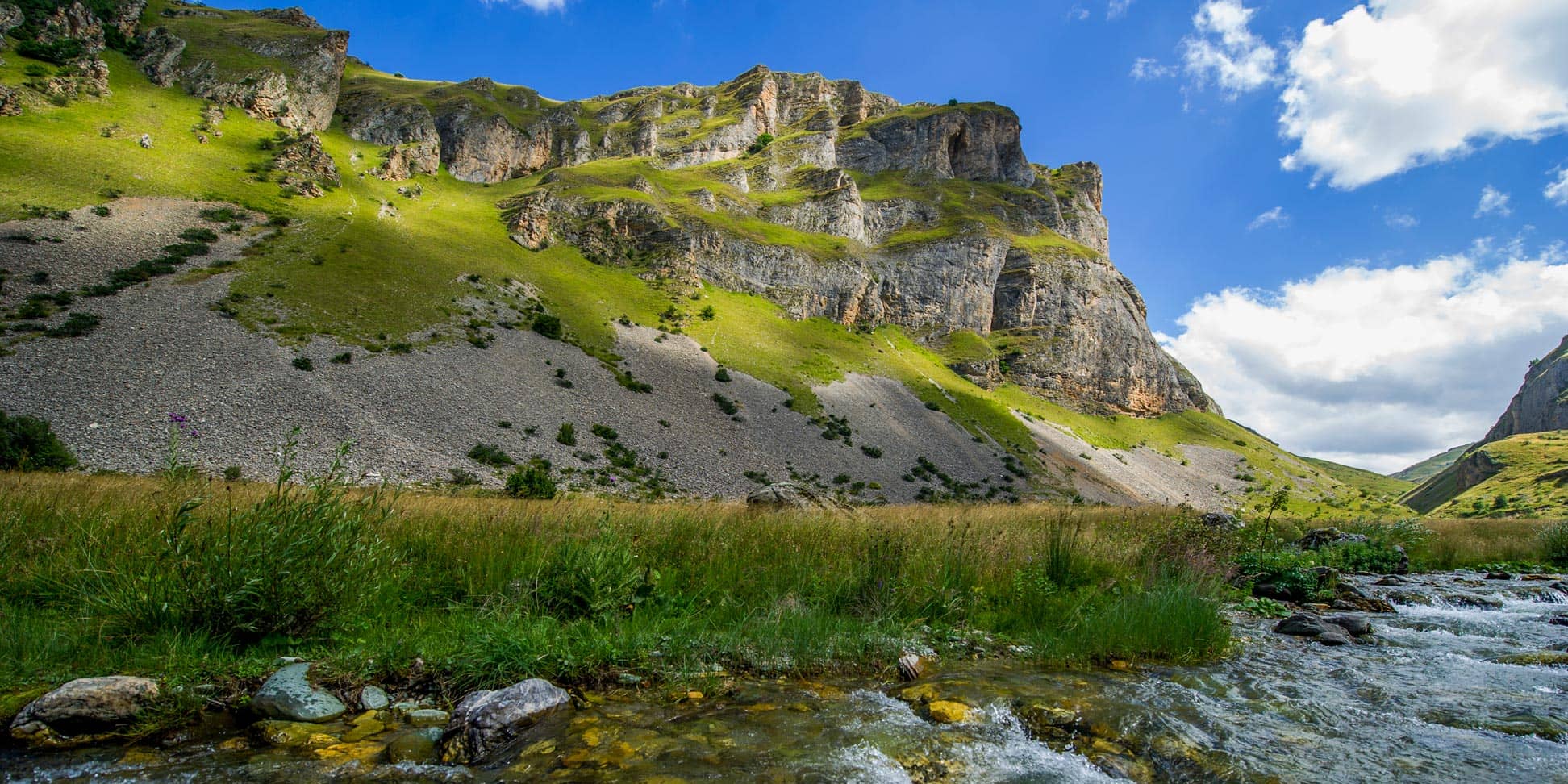Kosovo: A Glimpse Into a Unique Nation
Located in the heart of the Balkans, Kosovo is a landlocked country that shares borders with Albania, North Macedonia, Montenegro, and Serbia. Covering an area of 10,887 km², Kosovo is slightly larger than Delaware or Cyprus. This dynamic nation boasts a rich history and an estimated population of around 1.8 to 2 million people as of 2023. Notably, the Albanian ethnic group constitutes over 92% of its population, highlighting the country's diverse cultural fabric. Pristina serves as both the capital and the largest city, while Prizren holds the status of the historic capital. Throughout this vibrant land, the primary languages spoken are Albanian and Serbian, with Islam being the predominant religion, embraced by more than 97% of the populace.
Historical Background of Kosovo
To understand the complexities of Kosovo, we must delve into its historical backdrop. The current borders of Kosovo were delineated following World War II when it became an autonomous province within Serbia. This period coincided with a significant era when Kosovo was one of the six socialist republics comprising the Socialist Federal Republic of Yugoslavia (SFRY). However, the peaceful existence was short-lived, as tensions bubbled beneath the surface, leading to more profound conflicts.
When Yugoslavia fractured in 1992, Serbia and Montenegro emerged as the remaining states of the SFR Yugoslavia, aiming to be recognized as its legal successor. Unfortunately, the United Nations did not acknowledge this claim. The situation escalated dramatically with the brutal suppression of the Kosovo Albanian separatists by Serbian forces during 1998-1999. However, the turning point arrived with NATO's decisive intervention, which ultimately led to Kosovo declaring its independence on February 17, 2008.
Since that historic moment, approximately half of the UN member states, around 101 out of 193, along with Taiwan, Cook Islands, and Niue, have recognized Kosovo's independence. Despite this international support, relations with Serbia remain fraught with tension, contributing to ongoing instability in the Western Balkans.
The Government Structure of Kosovo
The government of Kosovo operates as a parliamentary republic, a structure designed to incorporate executive, legislative, and judicial branches. At the helm, the President serves as the head of state while the Prime Minister leads the government. The Assembly of Kosovo elects the President, who embodies a ceremonial role, representing the nation in various capacities.
The President plays a crucial role in the formation of the government, appointing the Prime Minister following consultations with various political parties represented within the Assembly. This collaborative approach ensures that multiple voices contribute to governing Kosovo, a necessity given the country's diverse populace and complex political landscape.
The Cultural Landscape of Kosovo
Beyond its political history, Kosovo offers a culturally rich landscape that attracts many visitors. Its historic sites, vibrant traditions, and hospitable citizens make it an intriguing destination. For instance, UNESCO designated the medieval architecture of the Historic Centre of Prizren as a World Heritage Site, acknowledging its cultural significance. Moreover, visitors often enjoy the vibrant festivals that celebrate everything from music to gastronomy, showcasing the rich tapestry of life in Kosovo.
Economic Overview of Kosovo
Turning our attention to Kosovo's economy, it has undergone significant transformations since gaining independence. The country's economy primarily relies on services, industry, and agriculture. Furthermore, remittances from Kosovars living abroad also play a substantial role in bolstering the local economy. While the country faces challenges, such as high unemployment rates, the government continues to implement reforms aimed at promoting foreign investment and economic growth.
Moreover, Kosovo is rich in natural resources, which include minerals and other raw materials. The exploitation of these resources could present valuable opportunities for economic expansion. As the country seeks to develop these sectors, it remains open to collaborations with international investors.
The Future of Kosovo
Looking ahead, Kosovo strives to build a future characterized by stability and prosperity. With continuous efforts toward EU integration and enhanced regional cooperation, there is an optimistic outlook. Strengthening international relationships will contribute greatly to ensuring Kosovo’s stability and growth within the Western Balkans.
In summary, Kosovo is more than a geopolitical entity; it is a place rich in culture, history, and potential. From its historical significance to its dynamic present, Kosovo embodies resilience and hope for the future. As such, the journey of this nation continues to be closely watched by many around the world.
Largest cities of: Kosovo
| City Name | Population | Year of foundation | |
| Pristina | 200,000 | 1st century | |
| Peja | 75,000 | 1455 | |
| Mitrovica | 45,000 | circa 1 | |
| Gjakova | 40,000 | 1473 | |
| Ferizaj | 35,000 | 1300 | |
| Vushtrri | 27,000 | 1100 | |
| Djakovica | 25,000 | 1472 | |
| Suharekë | 23,000 | 1450 |


